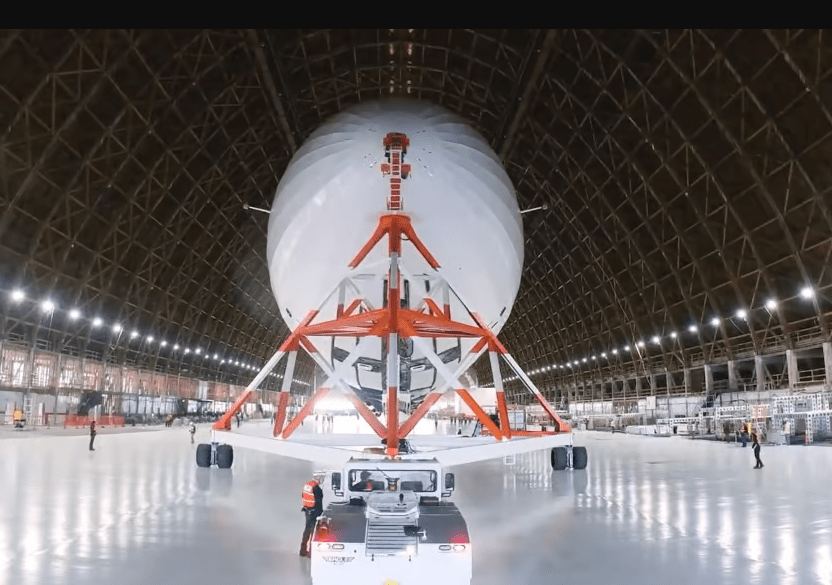Google Founder Sergey Brin Ventures into the Skies

Tech moguls are venturing into new territories to grow their corporate empires. Take Sergey Brin, co-founder of Google, who's diving into aero-technologies.
Intriguing speculations about the mysterious project inside an old Navy hangar at Moffett Field, California, were finally put to rest in October. The shroud of secrecy was lifted, unveiling the Pathfinder 1 rigid airship prototype, all set for its maiden test flights. This visionary endeavor is led by LTA Research, a company founded by none other than Sergey Brin back in 2016.
We are proud to share that we received our airworthiness certificate for Pathfinder 1! This is an exciting milestone for the whole team as we continue to conduct flight tests and training,LTA announced.
Is Sergey Brin feeling inspired by Elon Musk's accomplishments with SpaceX and his aspirations to conquer Mars? Musk's aerospace empire is now valued at $150 billion. It could be that the Google co-founder is eyeing significant returns from his airship venture. However, it's worth noting that Brin has invested $250 million in LTA, and his net worth is estimated at around $105 billion. So, this might be a case of “Why not take a chance and explore startup investments?”

Brin's Newest Venture Source: LTA Research
The Pathfinder 1 is an impressive structure, stretching 124 meters in length and 66 meters in diameter. It is constructed with titanium rods and carbon fiber tubes, ensuring a lightweight yet robust build. This significantly reduced weight allows for the airship's main advantage—it's filled with non-flammable helium, as opposed to the traditional use of hydrogen. The outer shell is made from Tedlar, an innovative and non-flammable material, and the airship features 12 small propellers located on the sides and back, modest in size when compared to the airship's overall dimensions. If our protagonist were a character from Sweden, perhaps Karlsson would have been a more fitting name than Pathfinder.
Pathfinder 1 achieved a top speed of 120 km/h upon completion. In contrast to Elon Musk’s Tesla Cybertruck, which boasts a speed of 209 km/h, Brin's results might not seem impressive at first glance. However, it's crucial to consider that, first and foremost, Musk's pickup truck can't fly. Moreover, Pathfinder 1 belongs to a category of vehicles that don’t depend on infrastructure, meaning it doesn't require airports, runways, and the like for operation.
LTA Research has also shared that the assembly of the next version of Pathfinder is already underway. This new model will be even larger, stretching to a length of 180 meters, making it the second-largest airship in history, surpassed only by the iconic Zeppelin. Less than a century ago, airships were a common mode of air transportation, boasting promising prospects. However, the tragic Hindenburg disaster in 1937, resulting in the loss of lives of all passengers and crew, ended the era of airship builders of that time.
Today, it seems Sergey Brin is attracted to the potential of launching his Pathfinder using electric motors. Furthermore, compared to airplanes, airships almost have no limits in terms of cargo capacity. Pathfinder 1, for instance, will be able to transport up to 200 tons of cargo. This is a staggering 10 times more—and at a significantly lower cost—than what a Boeing 737 can carry. This leads to a thought-provoking reflection: Was humanity's swift abandonment of airships following the Hindenburg disaster truly a visionary decision? After all, despite witnessing hundreds of airplane crashes over the years, not once did we contemplate giving up on airplanes.
The craft portends the rebirth of an era when giant lighter-than-air vehicles circled the world and a new future for aviation, travel and freight that uses less energy, is quieter, lower cost, [and has] a much smaller carbon footprint than any other form of transportation,comments Alan Weston, CEO of LTA Research.

